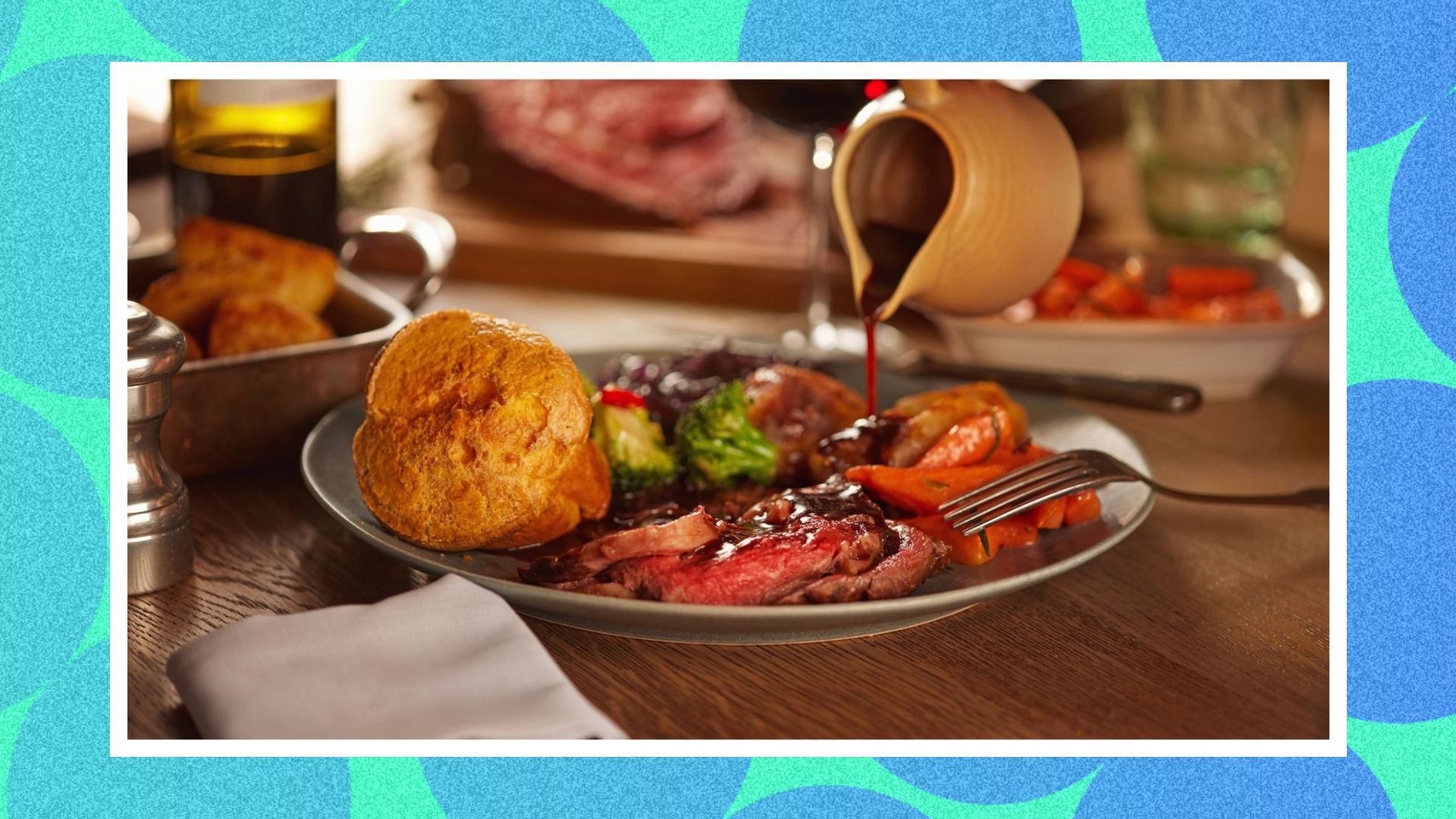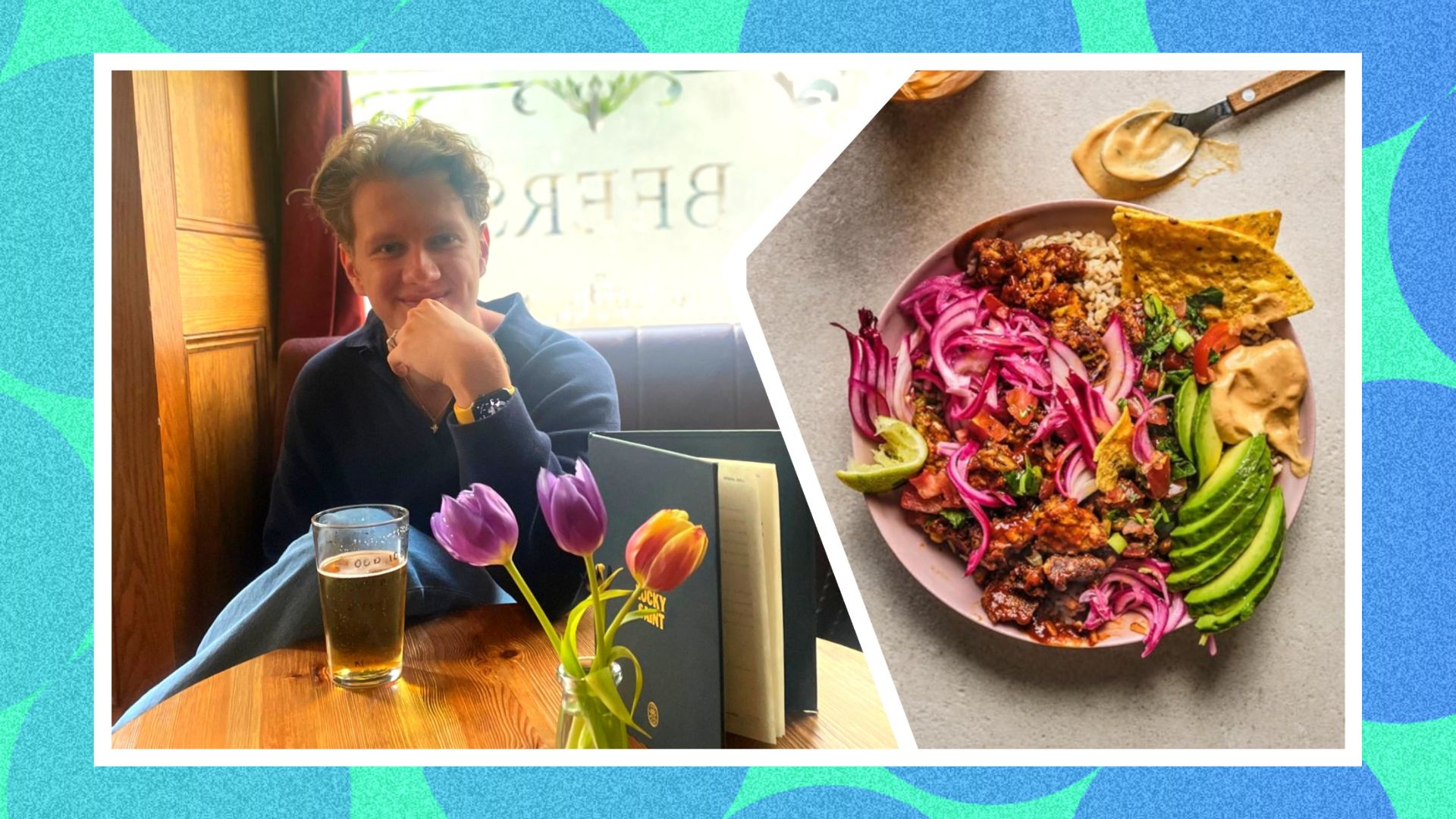
You’ve rifled through your fair share of food trends over the last few years, trying to figure out if this one might just be the magic bullet to make you instantly healthy, cool or both.
Whether it’s plant proteins, pandan or even jellied eels, there’s always someone out there extolling the virtues of a new addition to your diet.
Well now there’s a new addition to get your head around – can it cut through and actually stick around in the public consciousness for more than just a few weeks?
Introducing moringa, which has been growing in popularity in part for its perceived health benefits.
Moringa is a type of tree most commonly found in the Indian subcontinent, though it has also been found growing elsewhere in the world.
And, when consumed, the edible parts – especially the vitamin-rich leaves – have been linked with improving the health of those who eat it.
According to a Phytotherapy Research study, reported on by The Independent, different parts of the plant can be used for different medicinal purposes, treating a variety of different diseases.
Get exclusive shortlists, celebrity interviews and the best deals on the products you care about, straight to your inbox.
The leaves can be used to treat bronchitis and sore throats, for example, while the flower is believed to have the joint properties of treating muscle diseases and working as an aphrodisiac. No idea if the same property is responsible for both.

“Moringa leaves have been reported to be a rich source of β-carotene, protein, vitamin C, calcium and potassium and act as a good source of natural antioxidants,” the study reads.
“Almost all the parts of this plant: root, bark, gum, leaf, fruit (pods), flowers, seed and seed oil have been used for various ailments in the indigenous medicine of South Asia, including the treatment of inflammation and infectious diseases along with cardiovascular, gastro-intestinal, hematological and hepatorenal disorders.”
You can already buy moringa powder from health food shops in the UK, while health enthusiasts have been sprinkling it onto food and adding it to green smoothies.
We can probably expect this trend to grow, but it’s been a slow-burner in terms of gaining in popularity so may well stick around for longer than some of its superfood predecessors.
(Images: iStock)
-
 Cooking the perfect roast dinner: The top tech to elevate Sunday munch, from air fryers to smart ovens
Cooking the perfect roast dinner: The top tech to elevate Sunday munch, from air fryers to smart ovensBeef + Bluetooth = Bliss
-
 Struggling with a hangover? This Korean Pear juice could be your new night out hack
Struggling with a hangover? This Korean Pear juice could be your new night out hackPrePearing for the worst
-
 How to become a Michelin chef in 30 minutes: Indulge Dining meal kits can make anyone a master cook
How to become a Michelin chef in 30 minutes: Indulge Dining meal kits can make anyone a master cookFrom bare cupboards to The Bear cosplay, no skill required
-
 10 things to know about Calum Harris — Instagram’s plant-based cheffing prince
10 things to know about Calum Harris — Instagram’s plant-based cheffing princeThe only successor to Jamie Oliver's throne that we're backing
-
 Burnt toast could be as dangerous as traffic fumes, says science
Burnt toast could be as dangerous as traffic fumes, says scienceBad news for those who like their toast well done
-
 You've been lied to: breakfast isn't the most important meal of the day at all
You've been lied to: breakfast isn't the most important meal of the day at allCorn FAKES, more like!
-
 Nutritionist explains why having two burgers is sometimes healthier than one
Nutritionist explains why having two burgers is sometimes healthier than oneNow this we can get behind
-
 5 fantastic London runs to finish with a pint
5 fantastic London runs to finish with a pintNot much pain. Lots of gain.

